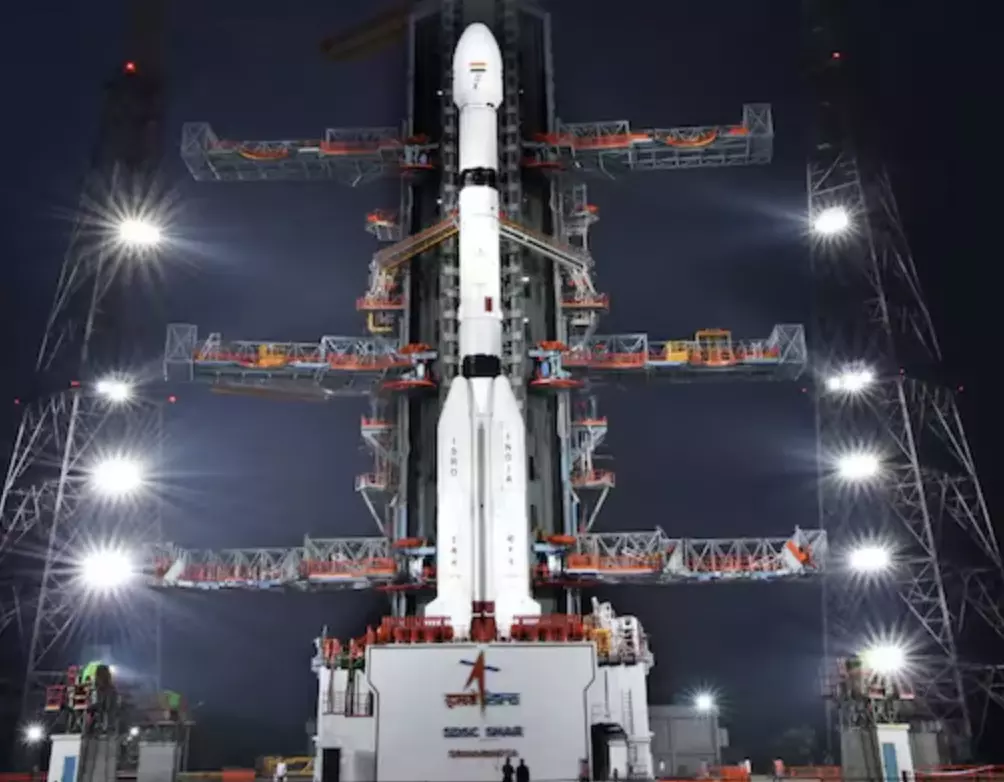ISRO announces milestone 100th mission - A global feat
image for illustrative purpose

Indian Space Research Organisation (ISRO) Chairman S Somanath has announced that the agency will kick off 2025 with its landmark 100th mission. This follows the successful launch of the PSLV-C60 mission, ISRO's 99th, which deployed the experimental SpaDex and POEM-4 satellites.
Chairman Somanath confirmed that the 100th mission will take place in January 2025, though the exact date remains undisclosed. The mission, named GSLV-F15/NVS-02, will utilize the Geosynchronous Satellite Launch Vehicle Mk-II (GSLV Mk-II) to deploy the IRNSS-1K satellite, further enhancing India's satellite navigation system.
GSLV-F15/NVS-02 Mission Objectives: The GSLV-F15 mission marks the 17th flight of the GSLV and the 8th operational flight featuring India's indigenous cryogenic stage. This mission aims to strengthen the NavIC (Navigation with Indian Constellation) system, India's regional satellite navigation system akin to the Global Positioning System (GPS).
Key objectives include:
Precision military operations
Strategic applications
Terrestrial, aerial, and maritime navigation
Precision agriculture
Geodetic surveying
Emergency services
Fleet management
Location-based services for mobile devices
Satellite orbit determination
Marine fisheries
Timing services for financial institutions and power grids
IoT-based applications
NVS-02/IRNSS-1K Satellite: The NVS-02, the second in a series of next-generation navigation satellites, will transmit signals using L1, L5, and S bands. Equipped with a Rubidium atomic clock, it ensures precise time measurement with an accuracy of three parts in 10 quadrillion, maintaining time within one second over 100 million years.
The ranging payload, featuring a transponder, enables time-stamped signal transmission to ground stations, facilitating precise position, speed, and time data for end-users, regardless of weather conditions.
The NavIC system, with robust encryption for secure communications, serves both civilian and military purposes. While currently a regional system, it has the potential to become global, akin to the USA's GPS, Russia's GLONASS, the EU's Galileo, and China's BeiDou systems.
The last GSLV mission, GSLV-F14/INSAT-3DS, launched on February 17, 2024, placed the INSAT-3DS satellite into a Geosynchronous Transfer Orbit (GTO). The previous NavIC-related GSLV mission was in May 2023 with the GSLV-F12/NVS-01 Mission.

